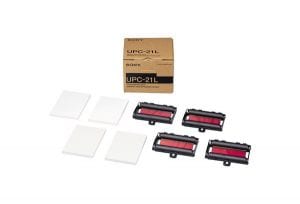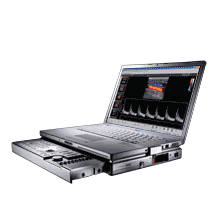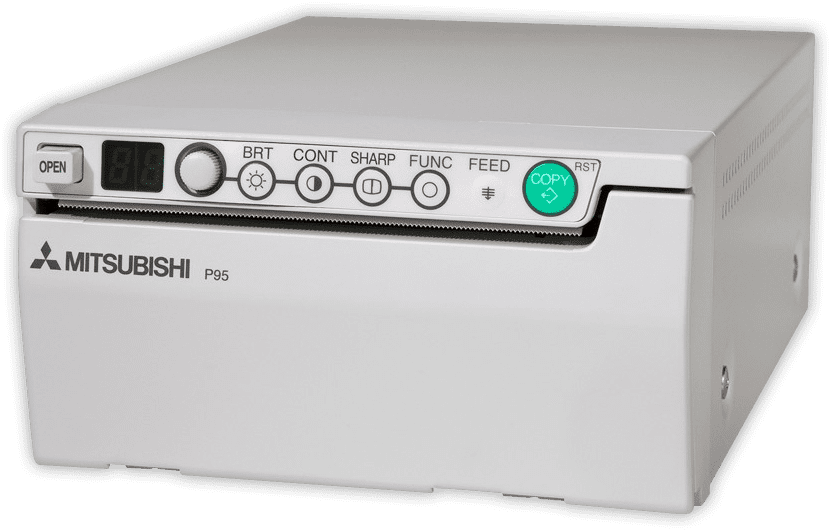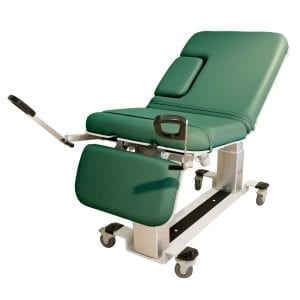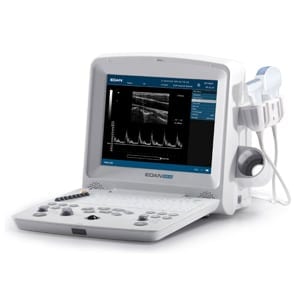- Description
- Features and Benefits
- Advanced Technologies
- PDF Documents
Description
The DUS 60 (2013) is an impressive new compact ultrasound system providing superb value and best-in-class quality across a wide range of applications. With the added support of pulsed wave Doppler imaging, the DUS 60 meets higher diagnostic requirements.
Innovative Technologies
Phase-inversion harmonic compound imaging
Improves contrast resolution
Speckle reduction technology
Improves contrast resolution while maintaining detail resolution
Multi-beam technology
Synthetic aperture
Dynamic receive focusing
Dynamic frequency scanning
Dynamic apodization
Multi-frequency Transducer Technology
Multiple frequencies increases transducer utility
User-friendly Workflow
Intuitive control panel reduces learning curve
Supported Applications
Abdomen, Obstetrics, Gynecology, Endovaginal, Small Parts, Muculoskeletal, Vascular, Urology, Endorectal, Cardiology, Pediatrics
Compact, Lightweight Design
Two hours of battery-powered operation
12.1″ TFT-LCD monitor
Multiple peripheral ports
Phase Inversion Harmonic Imaging
Harmonic signals are produced as ultrasound waves propagate through the body. Because these signals are produced in the body, they are not influenced by artifact inducing fat near the skin surface. Consequently, an image formed using only the harmonic signal will have less clutter and can be more diagnostic. With phase-inversion harmonics, pairs of ultrasound pulses with opposite phases are transmitted. When the signals received from inverted pulses are added together, the fundamental components are cancelled and only the harmonic signal remains. This creates an image that is pure harmonic with reduction in clutter artifact that degrades the image.

Speckle Reduction Technology
Speckle reduction imaging uses real-time image processing to improve visualization of anatomy and pathology by reducing the speckle noise. Edan’s speckle noise reduction imaging technology uses an advanced multi-scale anisotropic filtering algorithm. This imaging technology is excellent at separating the noise regions from the diagnostic image allowing complex filtering to be performed differently on noise versus true anatomic information thus producing an enhanced image.

